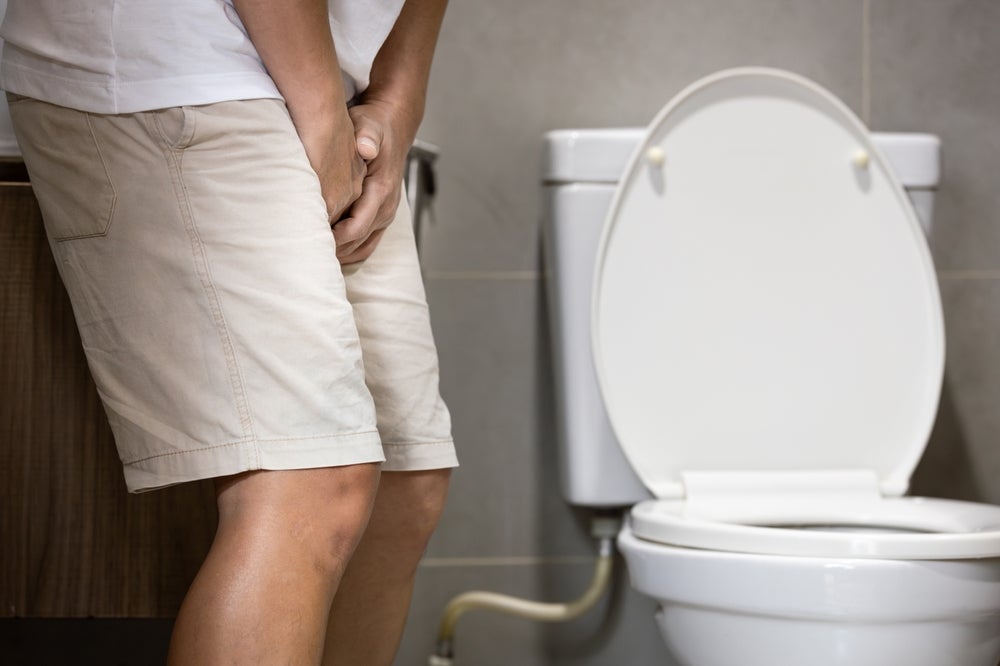Microbot Medical has entered a collaboration agreement with Corewell Health to develop telerobotics between remote centres by utilising the Liberty endovascular robotic surgical system.
Telerobotics functionality will allow for the surgical procedure to take place without the presence of the surgeon at the concerned site. Dr Ryan Madder, an interventional cardiologist at Corewell, will be the project lead.
Following the news, Microbot’s stock price increased by about 38.5% at the market close on 14 December, compared to the previous day. The company’s market cap stands at $14.8m.
The robotic surgical systems market is projected to grow from being worth approximately $3.3bn in 2023 to $7.2bn in 2033, with a compound annual growth rate (CAGR) of 15.7%, as per GlobalData analysis. The growth of the robotic surgical systems market is driven by an increased focus on value-based healthcare, which focuses on improving surgical outcomes for patients.
Last month, Johnson & Johnson unveiled plans to submit its OTTAVA robotic surgical system to the US Food and Drug Administration (FDA) for an investigational device exemption (IDE) application status. The planned submission is expected to take place in the second half of 2024 and will be followed by the initiation of clinical trials of the system.
The use of 5G is forecasted to propel the growth of robotic surgery. A GlobalData survey identified that more than 40% of 1,216 respondents in the medical industry considered robotic process automation likely to impact their jobs over the next three years, with 33.5% expecting 5G to have an impact.
The Liberty system is a single-use endovascular surgical robotic system designed to improve endovascular procedures. In June, Microbot secured a NIS1.62m ($440,000) grant from the Israel Innovation Authority (IIA). As per grant terms, the company is required to pay royalties ranging from 3% to 5% of its future sales of the LIBERTY product as well as interest.
In May, the Liberty system completed more than 100th catheterisations during multiple pre-clinical studies. The system achieved a success rate of 95% in meeting pre-determined vascular targets.















